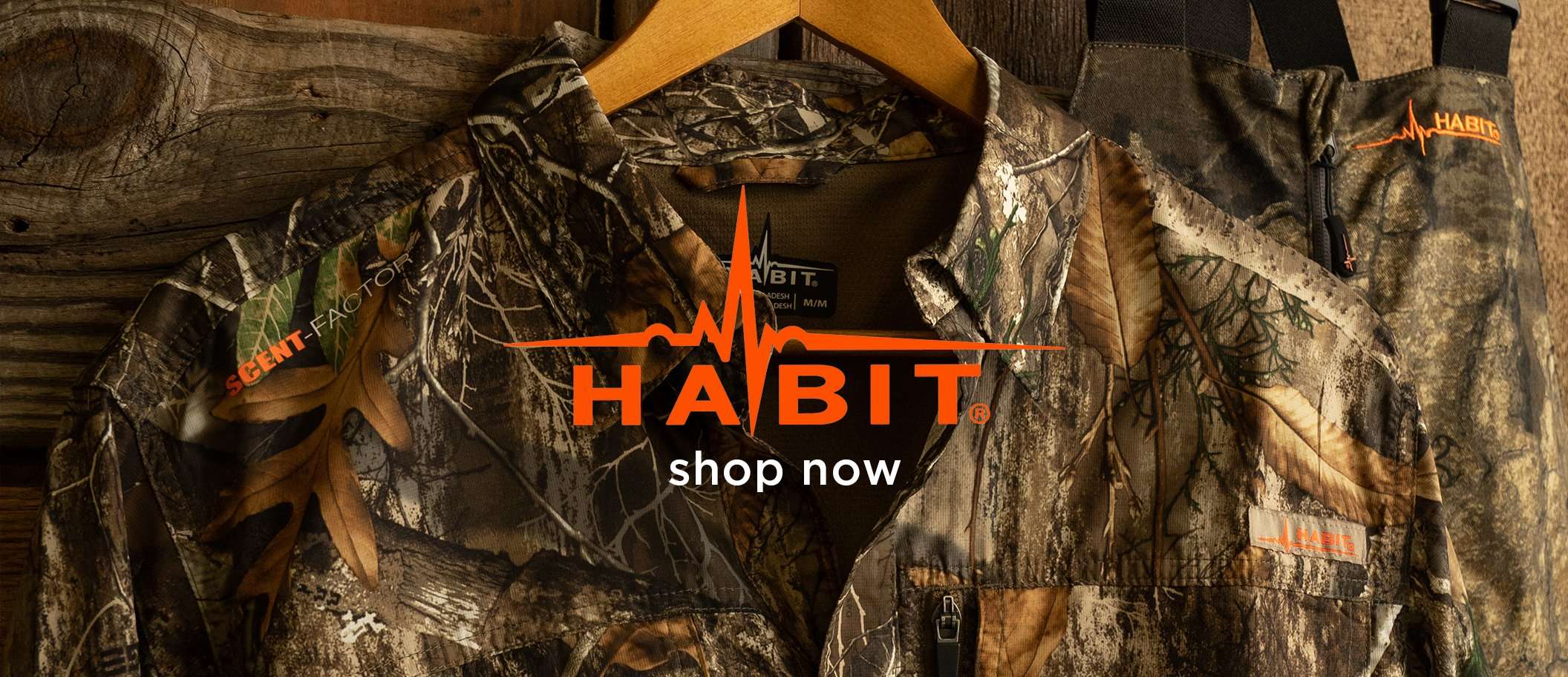Now is the time to hike your hunting area and find subtle clues for next season

The best part of post-season scouting? You don’t have to sneak around and worry about spooking bucks. Image by Realtree Media
For a week this past November, I sat in a ladder stand from which I had shot some good bucks through the years. Each day I saw deer, I noticed their travel patterns had changed — not drastically, but enough so the animals skirted my post out of muzzleloader range. In the past, I had smoked some does and a couple of good bucks that walked up out of a swamp to the east and cut across an oak ridge 80 yards in front of me. But this past year, all the deer skirted that ridge and then crossed it 200 yards to the north of my post, out of shooting range.
Why had the deer changed it up? The other day, I went on a mission to find out. I walked to the ridge in front of my stand and down into the beaver swamp. It didn’t take long to figure it out. Unbeknownst to me, another hunter had moved into this part of the lease and hung two tree stands about a half-mile from mine. I never saw the guy or heard him shoot, but he must have hunted those stands quite a bit to change the movements of the deer that much.
I jotted the location of those stands in my scouting journal. I can only speculate that the guy will be back next season. If so, I need to take his pressure into account. I’ll think about it and study on it. In September I’ll probably reposition a ladder on the ridge where that fellow might push a buck into my sights.
You learn stuff like that by hiking your hunting woods. Now is the time to do it, while there’s not much going on and the events of the previous season are still fresh in your mind. The great thing about scouting now is that you don’t give a flip about spooking deer. You can walk fast out in the open, cracking sticks and shuffling leaves, looking for things you missed months ago when you were sneaking around and trying to stay quiet and hidden from a buck.
In addition to treestands that indicate the presence other hunters you didn’t know about, here are a couple of things to look for.
Land Changes
If you haven’t hiked all corners of your hunting zone in a few years, do it. Chances are some natural or man-made land changes have occurred. Maybe beavers dammed a creek and made a series of new ponds and swamps. A landowner might have thinned 50 acres of hardwoods 2 miles away. A farmer might have built a new barn and road into it on one edge of the property. Such changes will affect the travel patterns of deer as they relate to the location of your stands or blinds. Discover any land changes now, work them into next fall’s plan, and relocate your stands if necessary.
Buck Sign
When you hunted this past October through December, you played the wind and sneaked to and from your stands each day so you wouldn’t spook deer and blow a big buck out of the area. That was smart then, but it confined your movements to a few dozen acres and probably made you miss some valuable sign, such as new doe trails or fresh signpost rubs or scrapes that popped up in an area. Find that sign now by walking out from your stands in ever-widening circles to a quarter-mile or so. You might find a new and better spot to hang a stand for next fall.
Don’t Miss: CWD DETECTED IN KENTUCKY. HERE'S WHAT HUNTERS CAN EXPECT NOW












